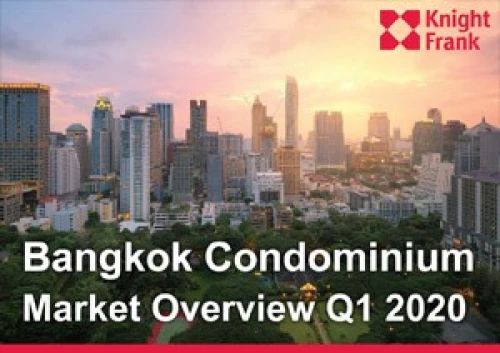Bangkok Condominium Market Overview Q1 2020

Market Overview
2020 marks a sluggish year for the Bangkok condominium market. The condominium market in the first quarter of 2020 has been relatively slow in terms of both supply and demand - due to the outbreak of the new coronavirus strain, or Covid-19. The outbreak began in late January 2020, and in March, it became more severe. As a result, from mid-March to April, there were no new condominiums launched for sale in Bangkok. Projects that had planned launches postponed them to the last quarter of the year. As many companies implemented a work-form-home policy for employees, the sales office of many condominium projects closed and stopped services. Customers could, however, view the projects by calling in advance. The sales approach has shifted to the digital platform; many companies are now using applications to communicate with customers, including sales via LINE, websites and apps, with virtual project visits via VDO call, Live Youtube, and Facebook or unit reservations
using various online booking formats.
Supply Trend
As the end of Q1 2020, the accumulated supply of Bangkok condominiums included 629,388 units. In Q1 2020, there were approximately 6,007 new condominium units from 20 projects added to the supply. The new supply in Q1 2020 decreased by 53.4 per cent, compared with the new supply in Q1 2019. The main reason for the decreasing of new supply in Q1 2020 was the Covid-19 pandemic. The majority of new supply in Q1 2020 was Grade C condominium representing 58 per cent of total, followed by Grade B and Grade A condominiums, representing 27 per cent and 14 per cent, respectively. The new supply of Super Prime and Prime condominium was only 1 per cent of the total. In Q1 2020, up to 56 per cent of the newly launched units were located in the suburbs of Bangkok, followed by 28 per cent in the City Fringe and only 16 per cent in the Central Business District (CBD).





